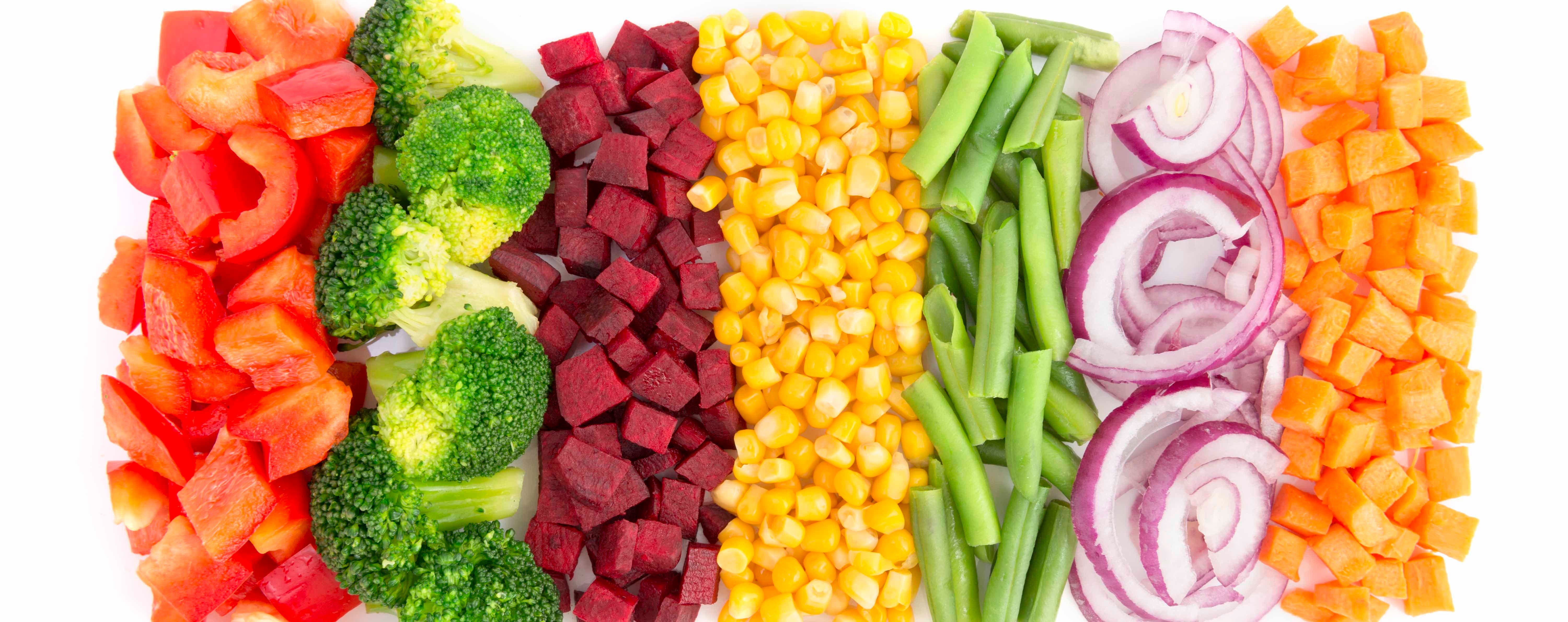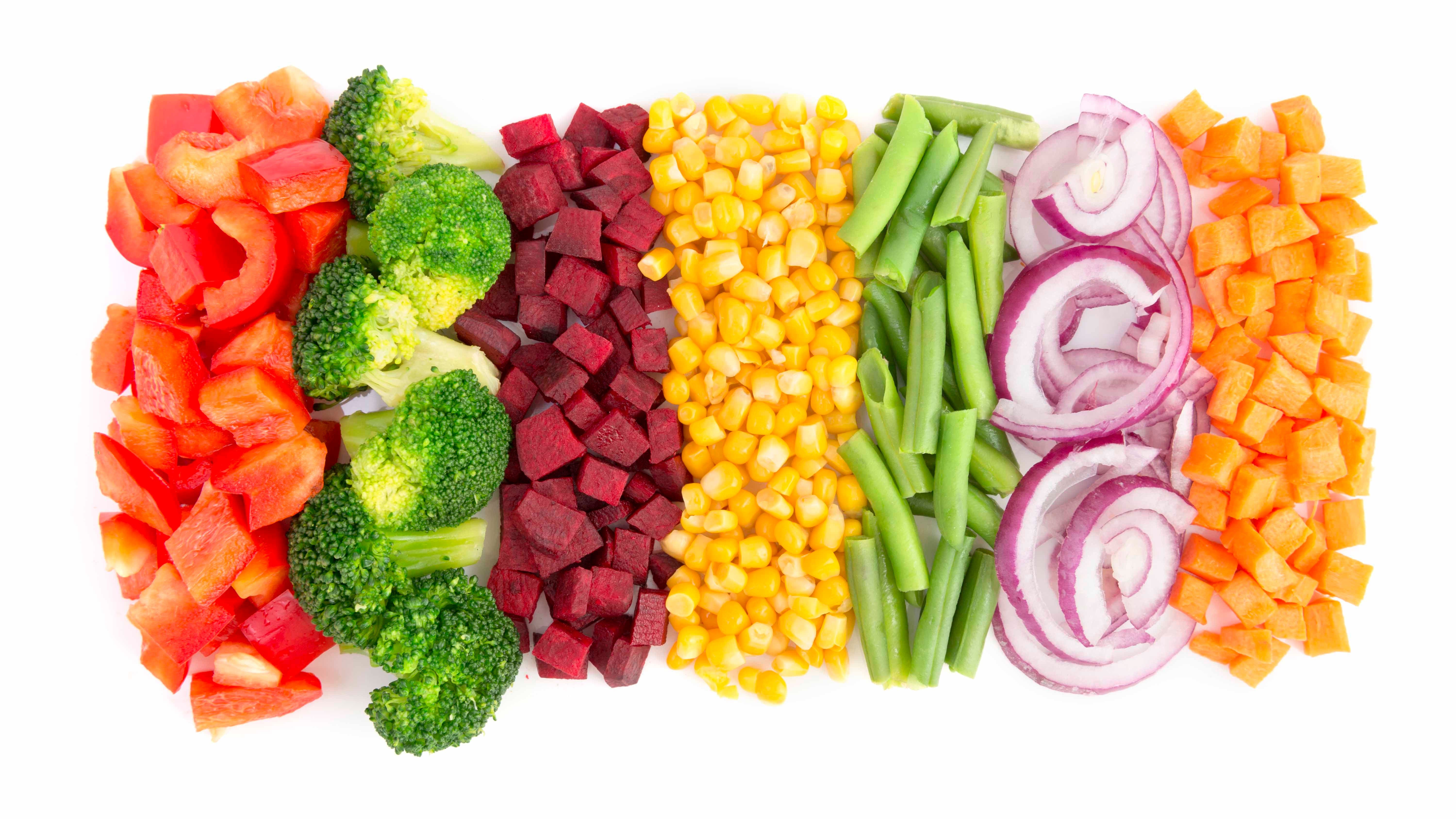The best reasons why frozen veggies are just as good as fresh!


If you haven’t been down the frozen vegetable aisle lately just wait until you see what’s in store for you. Instead of frozen peas with a bad case of freezer burn you’ll find an impressive selection of vegetables running the gamut from familiar to unique. Need some proof? Here’s why these vegetables should become a mainstay of your frozen pantry.
Why frozen vegetables?
Fruits and vegetables are incredibly important in terms of fibre, vitamin, and nutrient content. Canada's Food Guide suggests filling half your plate with fruits and vegetables as often as possible. Frozen vegetables are picked at their peak, blanched and immediately flash-frozen, a process which simultaneously kills bacteria and preserves nutrients. One study found that nutrient concentrations were higher in frozen produce versus fresh produce that had been sitting in the fridge for three days. In remote areas of Canada, fresh vegetables can be prohibitively expensive and well-past their prime by the time they reach the produce section.
Frozen vegetables not only taste good, they solve the issue of nutrient loss, unavailable fresh produce and they can be kept in the freezer for up to six months.
Tips for using frozen vegetables
Learn how to prepare frozen vegetables in several different ways to prevent boredom and to keep you inspired. Although microwaving tends to be the go-to method, frozen vegetables can be steamed, sautéed, blended into smoothies, and roasted with great success.
Vegetables involving labour-intensive prep are particularly useful in frozen form. Keep an eye out for chopped onions, diced butternut squash, artichoke hearts, pearl onions, and minced garlic.
A mixed bag of chopped vegetables such as celery, carrots, peas, and corn can be added to soups, ramen, and chili. This combination of veggies is also very effective at transforming mediocre store-bought soup into a tastier, more nutritious, and filling meal.
Frozen spinach is no longer the only green in the freezer case. Look for frozen Swiss chard, broccoli rabe, kale, and collard greens. Add them to smoothies or stir into risotto, savoury porridge, pasta sauce or soup.
If you plan on cooking frozen leafy greens, zucchini or other summer squash let it drain in a colander before using. This removes excess water which could dilute your recipe or cause leavening issues with baked goods.
Avocado is a relative newcomer to the frozen food section and can be used in smoothies, frozen yogurt, and vegan puddings. Allow the avocado to sit at room temperature for 15 minutes before adding to a blender or food processor as it can be tough on the blades when completely frozen.
Zucchini, squash, sweet potato, and carrot “noodles” can also be bought frozen. Likewise, cauliflower “rice” is also becoming a common sight. Not only are these frozen foods convenient, they also reduce food waste as spiralized and riced vegetables only last for a very short amount of time in the fridge.
Try new vegetables in frozen form, there’s no commitment in terms of prep and you can often find special frozen vegetables in international or specialty grocery stores. Kohlrabi, artichoke hearts, Brussels sprouts, asparagus, and okra are just a handful of interesting frozen food options currently filling the shelves of the frozen food section.
